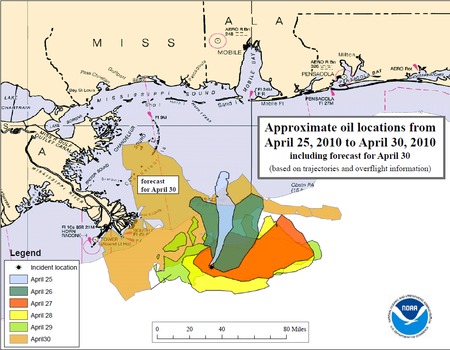Nature Facebook experiment boosted USA voter turnout in 2010
Social pressure:
The experiment assigned all US Facebook users who were over 18 and accessed the website on the 2 November 2010 -- the day of the elections -- to one of three groups.
Social science: Poked to vote
Computational social science: Making the links Facebook 'likes' the scientific method
About 611,000 users (1%) received an 'informational message' at the top of their news feeds, which encouraged them to vote, provided a link to information on local polling places and included a clickable 'I voted' button and a counter of Facebook users who had clicked it. About 60 million users (98%) received a 'social message', which included the same elements but also showed the profile pictures of up to six randomly selected Facebook friends who had clicked the 'I voted' button. The remaining 1% of users were assigned to a control group that received no message.
The researchers then compared the groups' online behaviours, and matched 6.3 million users with publicly available voting records to see which group was actually most likely to vote in real life.
The results showed that those who got the informational message voted at the same rate as those who saw no message at all. But those who saw the social message were 2% more likely to click the 'I voted' button and 0.3% more likely to seek information about a polling place than those who received the informational message, and 0.4% more likely to head to the polls than either other group.
The social message, the researchers estimate, directly increased turnout by about 60,000 votes. But a further 280,000 people were indirectly nudged to the polls by seeing messages in their news feeds, for example, telling them that their friends had clicked the 'I voted' button. "The online social network helps to quadruple the effect of the message," says Fowler.
